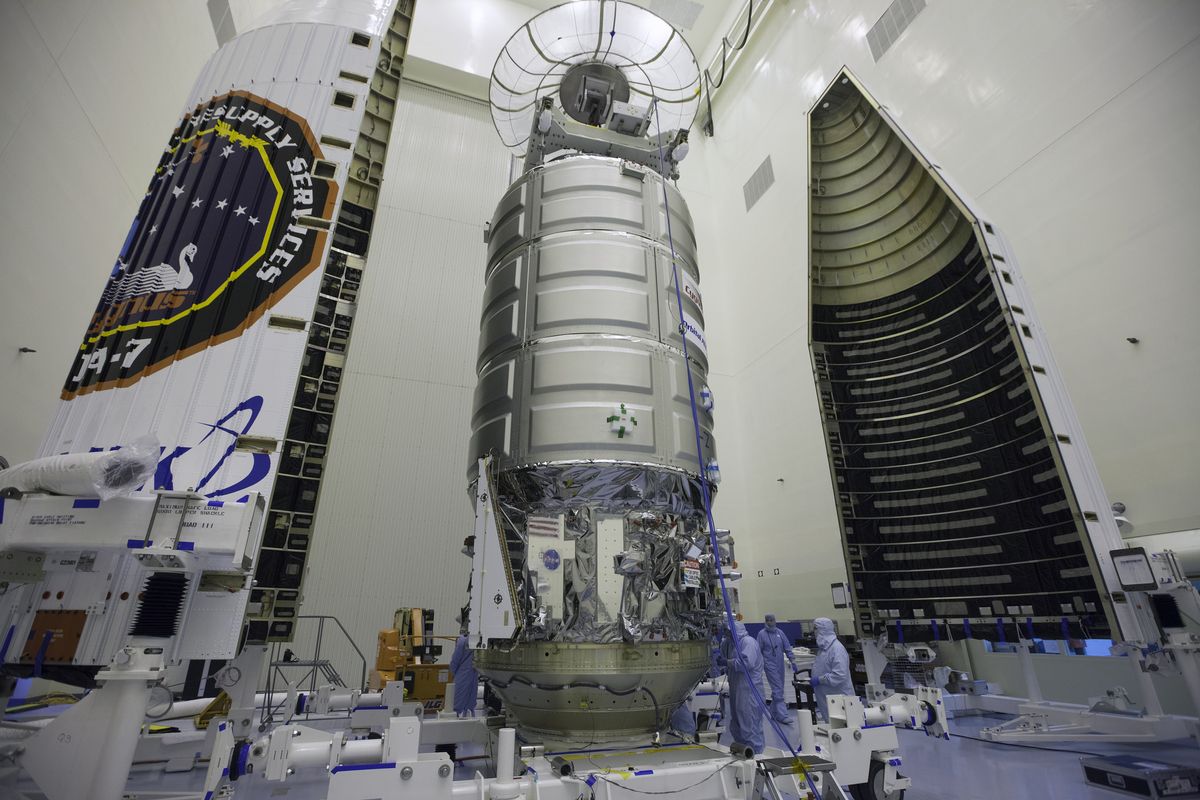The Hells Angels: Myths, Realities, And Organization

Table of Contents
The History of the Hells Angels: From Post-War Rebels to Global Organization
The Hells Angels Motorcycle Club's origins trace back to post-World War II California. Born from the disillusionment and restlessness of returning servicemen, the club initially embodied a counter-cultural rebellion against societal norms. Their early days were characterized by a distinct biker ethos, marked by a love of motorcycles, camaraderie, and a rejection of mainstream society. However, this initial image soon evolved, and the Hells Angels' history is far from simple.
Key milestones include their expansion across the United States and internationally, often marked by violent conflicts with rival motorcycle clubs vying for territory and resources. The club's history is also intertwined with numerous legal battles, ranging from charges of assault and drug trafficking to racketeering and murder. These clashes with law enforcement have shaped their public image and organizational strategies.
- Foundation: 1948, in Fontana, California.
- Early Membership: Primarily comprised of World War II veterans and other disenfranchised youth.
- Significant Chapters: The club boasts a complex network of chapters, with the original "Mother Chapter" holding significant influence. Expansion led to chapters across the US and internationally.
- Major Conflicts: Numerous violent conflicts with rival motorcycle clubs like the Bandidos and Mongols, often resulting in fatalities.
- Significant Legal Cases: Numerous high-profile legal battles have involved charges ranging from drug trafficking and violence to tax evasion.
The Structure and Hierarchy of the Hells Angels MC: A Rigorously Organized Criminal Enterprise
The Hells Angels Motorcycle Club is far from a loosely organized group of bikers. It operates with a rigid hierarchical structure, extending from the top down. The organization is often described as a highly organized criminal enterprise. At the apex is the "Mother Chapter," which exerts considerable control over the numerous subordinate chapters. Each chapter operates within a specific territory and follows a strict chain of command.
The roles within this hierarchy are clearly defined. The President leads the chapter, with the Vice President acting as second-in-command. The Sergeant-at-Arms enforces the club's internal rules and regulations, often through violence. Other positions exist to manage finances, membership, and external relations. The initiation process into the club is notoriously secretive and rigorous.
- Chapter System: A decentralized structure with individual chapters operating under the umbrella of the larger organization.
- National/International Organization: The Hells Angels maintain a global presence with chapters in various countries.
- Communication Channels: Internal communication methods remain largely secretive and likely involve encrypted channels.
- Internal Rules and Regulations: Strict codes of conduct govern member behavior both within and outside the club.
- Roles Within Chapters: Each member has a specific role and responsibilities within the chapter’s hierarchy.
- Initiation Process: A complex and secretive process to become a full-fledged member of the Hells Angels.
Debunking the Myths and Exploring the Realities: Separating Fact from Fiction
Many misconceptions surround the Hells Angels. It's inaccurate to label all members as criminals; however, the club's involvement in criminal activities is well-documented. While drug trafficking is a significant source of income for some chapters, it's inaccurate to portray this as the sole activity of all members. The Hells Angels engage in a diverse range of illegal activities, including extortion, money laundering, and violence. Further, the club has also been implicated in legitimate businesses, aiming to create a veneer of respectability.
The diversity of members is often overlooked. While many associate the club with a specific image, membership includes individuals from diverse backgrounds and motivations, adding to the complexity of the organization.
- Common Myths: All members are criminals; they are solely involved in drug trafficking; all chapters operate identically.
- Actual Criminal Activities: Drug trafficking, extortion, money laundering, violence, and intimidation.
- Legitimate Businesses: Some chapters have been linked to legitimate businesses, sometimes used for money laundering.
- Diversity of Members: Members come from diverse ethnic, socioeconomic, and educational backgrounds.
The Hells Angels and the Law: Legal Battles and Enforcement Challenges
Law enforcement faces significant challenges in combating the Hells Angels. The club's structured hierarchy, secretive nature, and use of violence create obstacles to effective investigation and prosecution. Infiltration is difficult due to tight-knit loyalty and strict internal rules. International cooperation is crucial in tackling their global activities. Law enforcement employs various strategies, including surveillance, undercover operations, and financial investigations, targeting both individual members and the organization's finances.
- Law Enforcement Strategies: Surveillance, undercover operations, financial investigations, and asset forfeiture.
- Legal Cases Against the Hells Angels: Numerous high-profile legal cases against individual members and the club as a whole.
- Challenges of Infiltration and Investigation: The secretive nature and tight-knit structure of the Hells Angels make investigations difficult.
- International Cooperation in Investigations: International collaboration is essential given the global reach of the organization.
Conclusion
Understanding the Hells Angels requires a nuanced perspective that moves beyond simplistic portrayals. Their history, structured organization, and diverse criminal activities demonstrate a complex reality. While sensationalized myths persist, the truth reveals a sophisticated, often violent, criminal enterprise that presents ongoing challenges to law enforcement worldwide. The Hells Angels Motorcycle Club's impact on society remains a significant area of ongoing study and concern. Continue your exploration into the world of outlaw motorcycle gangs and learn more about the complexities of the Hells Angels and their impact on society. Further research into the Hells Angels Motorcycle Club can provide a more complete picture.

Featured Posts
-
 B C Billionaires Bid For Hudsons Bay Leases Details Emerge
May 26, 2025
B C Billionaires Bid For Hudsons Bay Leases Details Emerge
May 26, 2025 -
 Blue Origin Cancels Rocket Launch Subsystem Issue Delays Mission
May 26, 2025
Blue Origin Cancels Rocket Launch Subsystem Issue Delays Mission
May 26, 2025 -
 Laviolette Out New York Rangers Part Ways With Coach
May 26, 2025
Laviolette Out New York Rangers Part Ways With Coach
May 26, 2025 -
 What To Watch Thursday Top 10 Tv And Streaming Shows
May 26, 2025
What To Watch Thursday Top 10 Tv And Streaming Shows
May 26, 2025 -
 Jadwal Siaran Langsung Moto Gp Argentina 2025 Di Trans7 Saksikan Balapannya Di Sini
May 26, 2025
Jadwal Siaran Langsung Moto Gp Argentina 2025 Di Trans7 Saksikan Balapannya Di Sini
May 26, 2025
Latest Posts
-
 Jon Jones Slams Tom Aspinall Fueling Ufc Feud
May 30, 2025
Jon Jones Slams Tom Aspinall Fueling Ufc Feud
May 30, 2025 -
 Ufc News Jon Jones Sniping Continues Targets Tom Aspinall
May 30, 2025
Ufc News Jon Jones Sniping Continues Targets Tom Aspinall
May 30, 2025 -
 Jon Jones Unable To Move Past The Daniel Cormier Feud
May 30, 2025
Jon Jones Unable To Move Past The Daniel Cormier Feud
May 30, 2025 -
 Is Jon Joness Career Defined By His Rivalry With Daniel Cormier
May 30, 2025
Is Jon Joness Career Defined By His Rivalry With Daniel Cormier
May 30, 2025 -
 29 Million Or Nothing Ufc Veteran Says Jon Jones Deserves The Payday
May 30, 2025
29 Million Or Nothing Ufc Veteran Says Jon Jones Deserves The Payday
May 30, 2025
